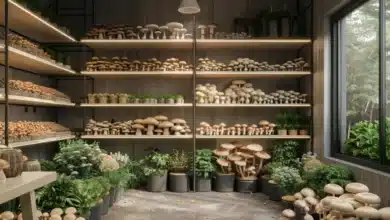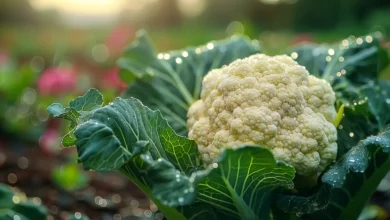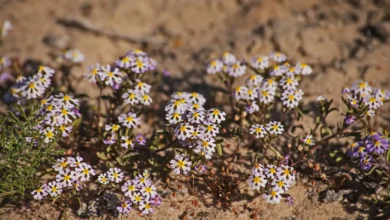Complete Guide to Growing Spaghetti Squash
The Complete Guide to Growing Spaghetti Squash: From Seed to Harvest
Spaghetti squash is a nutritious and delicious winter squash that’s growing in popularity, particularly among those who are looking for a low-carb, healthy pasta alternative. The flesh of the squash naturally separates into long, stringy strings that look like spaghetti noodles. These can be topped off with pesto or marinara, and are a great addition to any meal. Growing spaghetti squash can be rewarding, not only because it is versatile in the garden but also because it makes a great addition to your kitchen. This guide will take you from seed to harvest and give you tips to ensure success.
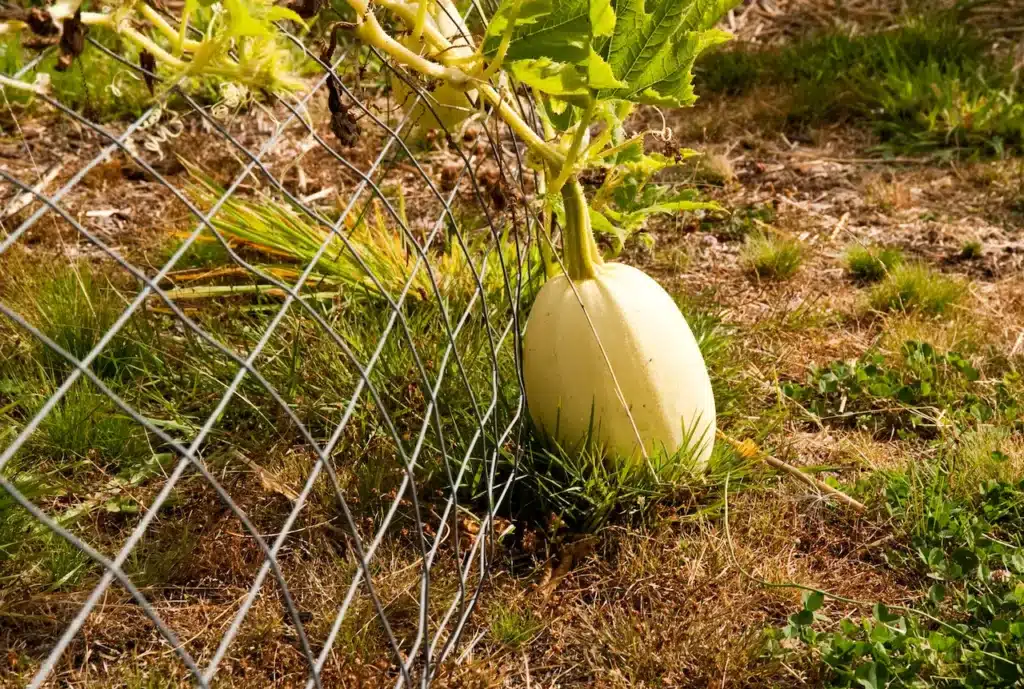
What is Spaghetti Squash?
Spaghetti squash belongs to the winter squash family. It has a thick rind, and it can be stored for a long time. Winter squashes like acorns, butternuts, and buttercup are also common. The flesh of spaghetti squash is what makes it unique. The interior of spaghetti squash, unlike other winter squashes with a creamy, smooth texture, is stringy and resembles pasta texture when cooked. The squash is oval in shape with a smooth, yellowish-orange skin.
It is relatively easy to grow spaghetti squash in your garden as long as it has enough room, warmth and nutrients. The longer the growing season, the better, as it is ideal for gardeners who have a long or moderate growing season.
When to Plant Spaghetti Squash seeds
Spaghetti squash grows in warm seasons and requires a long season to mature. It is important to know when to plant spaghetti, as it will affect the growth of your crop.
Northern Zones
It is best to plant your spaghetti squash indoors 4 weeks prior to your last anticipated frost date if you live in an area with a shorter growing season. The plants will have a head-start before they are transplanted in the garden. It’s important to remember that spaghetti squash can be sensitive to transplanting. Try to avoid disturbing the root system too much when you move the seedlings outside.
Warmer zones (Longer growing seasons)
After the danger of frost is past, you can direct sow spaghetti squash seedlings in areas where the growing seasons exceed 100 days. This method is the most efficient, since it avoids the shock that comes with transplanting. Plant seeds between late spring and early Summer, when the soil temperature is consistently warm.
Ideal Planting Time
- Shorter Growing Seasons: Plant seeds indoors 4 weeks prior to the last frost expected.
- Longer Growing Seasons: Directly sow seeds in garden beds one to two weeks after the last freeze.
How to Plant Spaghetti Squash seeds
The soil should be rich and well-draining, with lots of organic matter or compost added. Each method has its own benefits, depending on the garden layout. Here are 3 common methods.
1. Planting Mounds or Hills
This method is perfect for gardens that have soils with poor drainage or are prone towards compacting. How to use this technique
Create a mound by building a 3 to 6 foot wide mound with 8 to 10 inch high composted soil.
– Plant seeds: Place 3 to 4 seedlings at the top of your mound. They should be spaced a few inches apart. After the seedlings have sprouted, thin each mound to only one plant.
– Mulch: Cover the mound with untreated grass clippings or straw. This will help retain moisture, prevent weeds from growing, and keep the squash plants off the ground.
The vines will spread naturally down the sides of your mound and the squash fruit will be raised off the ground, reducing the chance of rot.
2. Ground Planting
Ground planting is an easy method if you have enough space and good drainage.
– Planting Holes: Planting holes should be spaced about 3-4 feet apart, to allow the vines to grow. After germination, you will thin each hole to only one healthy plant.
Mulch: Cover the area around your plants with mulch to control weeds and retain moisture.
– Watering & Care: Keep soil moist and give the vines plenty of space to spread. Give them enough space as spaghetti squash vines grow up to 8 feet.
3. Squash Rounds
Squash rounds are an excellent solution if you want to maximize your space. This technique involves creating cylinder enclosures out of chicken wire.
-Build the Round: Use mesh or chicken wire to create a cylindrical structure that is 3 to 5 feet high and 4 feet in diameter.
Fill the cylinder in fall with a mixture of grass clippings and manure. Also, add some fallen leaves. By spring, organic matter will have decomposed a little, creating a rich growing environment.
In the spring, plant 3 to 4 seeds per squash round. The vines will spread out and grow upwards, which allows you to make the most of vertical space.
This method is not only useful for small gardens, but it also encourages vertical development.
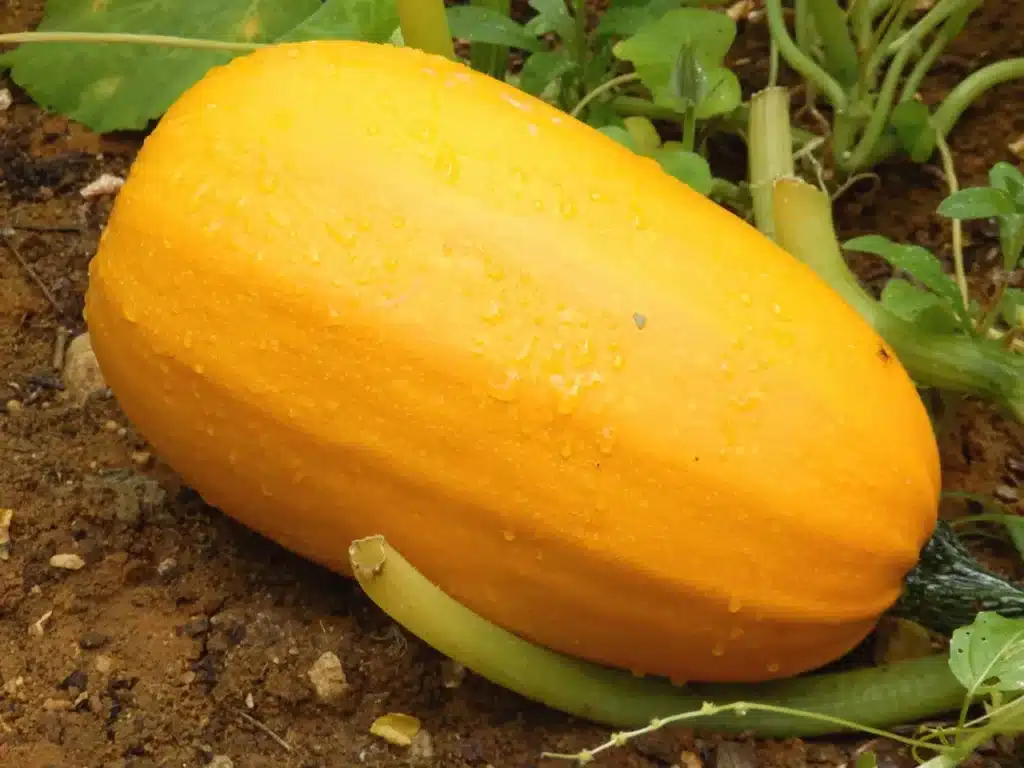
Growing Spaghetti Squash Vertically
Spaghetti squash vines can be sprawling, and they can take up lots of space in your garden. Consider growing spaghetti squash vines in vertical rows if you are limited on space or want to maximize the growing area.
Setting Up Vertical Gardening
– Trellis: Build a strong trellis to support vine growth. You can choose structures such as grid panels, panels for cattle, or even a fence made of wood that will support the weight.
Training the vines: While the spaghetti squash vine tendrils will naturally climb, it may be necessary to support them by attaching chicken wire to the trellis. As the vines grow, adjust their position to ensure that they are climbing properly.
– Spacing : Make sure you leave enough space between the plants, since they need to be able to grow vertically. Well-maintained vertical gardens will produce squash that grows above the ground. This reduces the risk of rot, and improves air circulation.
Fertilizing Spaghetti Squash
Spaghetti squash is a heavy feeder and requires plenty of nutrients to produce healthy, large fruits. Fertilization plays a vital role in the growing process. However, it is important to avoid using fertilizers with too much nitrogen as they can cause excessive vine growth and reduce fruit production.
Recommended Fertilizers
– Organic Granular Fertilizer: Select a fertilizer that has a middle number slightly higher (phosphorus) as this will encourage flowering and fruiting. When the plants reach 6 inches in height, apply about 2 tablespoons around each plant. When the vines start to flower, add an extra 3 tablespoons.
Liquid Fertilizer: Another option is organic liquid fertilizers. They are typically applied every 3-4 weeks during the growing season. For proper application, follow the instructions on label.
Watering Spaghetti Squash
For healthy spaghetti squash, it is important to water regularly. Waterlogging can cause root rot or fungal disease. While the plant does well in moist soils, you should avoid it. Mulching the soil around the plants can help to retain moisture, reducing the need to water frequently.
Watering Tip:
-Hand Water: Avoid getting the foliage wet as this will encourage powdery mildew or other fungi diseases.
Amount of water: Make sure to deeply water the soil so that it reaches the roots. This is usually 1 gallon for each seedling, up to 5 gallons for young vines, and 10 gallons or more per mature vine. Avoid runoff by watering slowly.
When to Harvest Spaghetti Squash
Harvesting spaghetti squash is a bit tricky because you have to wait until it’s fully ripe. How to tell when to harvest spaghetti squash:
Signs Of Maturity
If the skin is hard to pierce, it’s ready for harvest. It’s time to harvest if it is difficult to pierce.
Color: The skin should be uniformly yellow or golden. If the squash has not turned yellow or golden, it will need more time to mature.
The stem must be dry and hard. The squash will not be ready if it is still green or flexible.
Plan accordingly.
When the squash is ready, remove it from the vine. Leave a stem of 1 to 2 inches attached to the fruit. This will help the squash to store better.
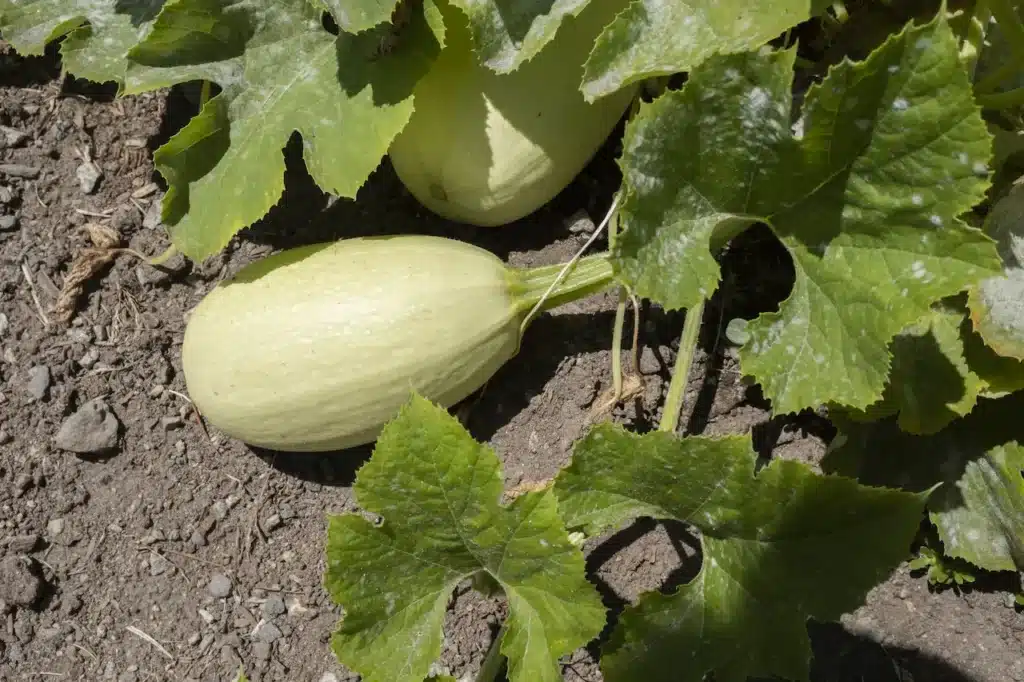
Storing Spaghetti Squash
Winter squashes like spaghetti squash have a long shelf-life if they are stored correctly. Allow the squash to cure for 10 days in a warm and dry place to harden its skin. Store spaghetti squash once it has been cured in a cool and dry area (such as the basement or pantry), where it can last several months.
Conclusion
Growing spaghetti squash can be a rewarding project for gardeners at all levels. There are many options to grow this unique squash, whether you have a big garden or a small one. You can enjoy spaghetti squash throughout the season with the right techniques. This versatile squash is well worth the effort, and it makes a great meal.
Healthy and tasty additions to your homegrown harvest Happy gardening!

